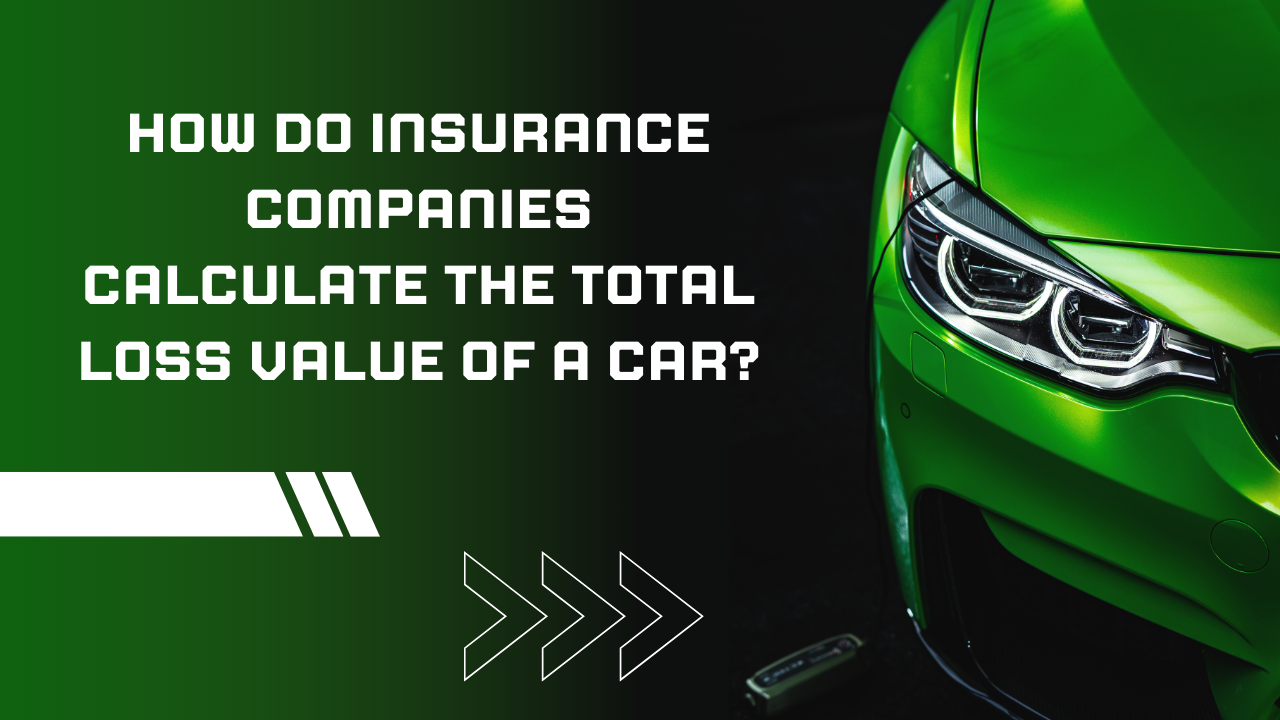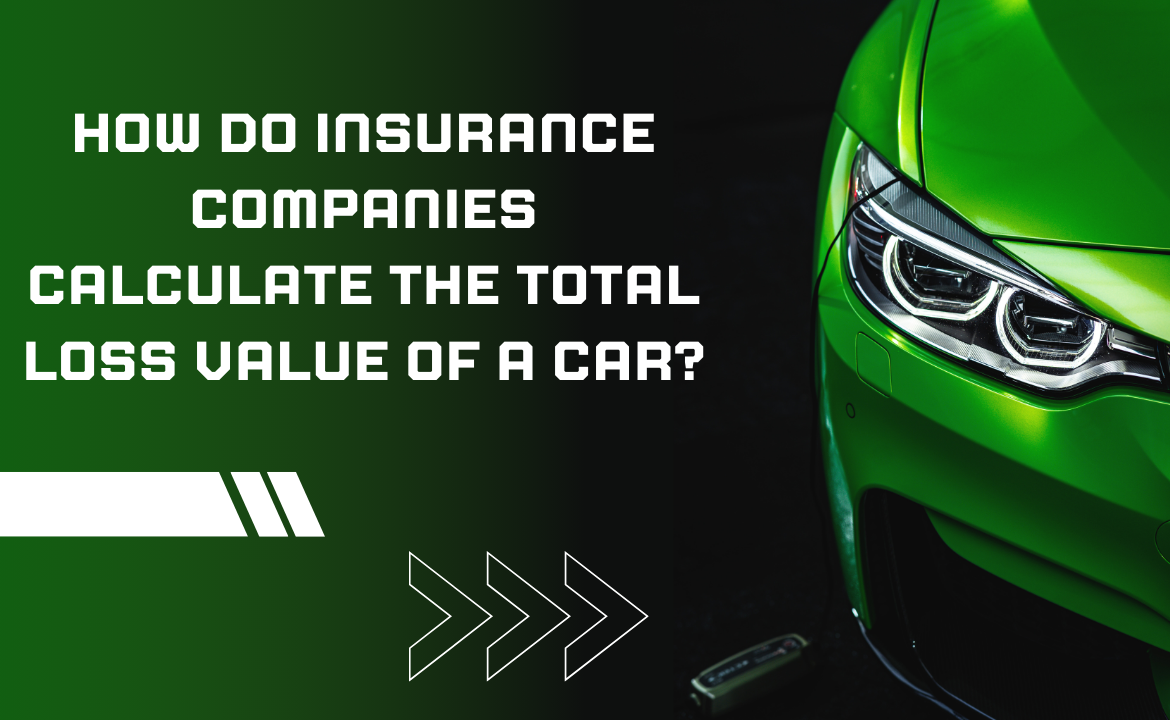When insurance companies assess the total loss value of a car, they perform a detailed evaluation to determine if the cost of repairing the vehicle exceeds its market value. This process involves calculating the vehicle’s Actual Cash Value (ACV) by considering factors such as age, mileage, condition, and market trends. Insurance adjusters use these parameters along with repair estimates to decide whether to declare the car a total loss. The goal is to ensure fair compensation for the policyholder while minimizing financial risk for the insurer. Understanding this calculation helps policyholders navigate claims and manage expectations during the claims process.

Introduction to Total Loss Valuation
Total Loss Valuation is a critical process in the insurance industry used to determine if a vehicle is beyond economical repair after an accident or damage. This valuation involves assessing the car’s market value and comparing it with the repair costs. If the repair costs exceed a certain percentage of the vehicle’s value, the insurance company may declare it a total loss. This process ensures that the policyholder receives a fair payout based on the car’s pre-accident value, rather than covering potentially exorbitant repair expenses. Total Loss Valuation is essential for both accurate compensation and efficient claim resolution.
Factors Affecting Vehicle Valuation
-
Age and Mileage
- Depreciation: As a vehicle ages, its value typically decreases due to wear and tear, even if it remains in good condition.
- Usage: Higher mileage usually reduces a car’s value, as it indicates more extensive use and potential for mechanical issues.
-
Condition and Wear
- Exterior and Interior: The overall appearance, including any dents, scratches, or interior damage, significantly impacts valuation.
- Mechanical State: Engine performance, transmission, and other key mechanical components are evaluated to determine the vehicle’s reliability and remaining lifespan.
- Maintenance History: Regular maintenance and service records can positively influence the valuation by indicating the car has been well-cared for.
-
Market Trends and Comparisons
- Supply and Demand: Current market conditions, including the availability of similar vehicles and consumer demand, play a crucial role in valuation.
- Comparative Analysis: Evaluators compare the vehicle to similar models recently sold in the market to establish a fair market value.
- Economic Factors: Broader economic trends, such as fuel prices and economic stability, can also affect the demand and value of certain vehicle types.

Hello, I am Tanisha Kriplani, graduated in computer science from Delhi University. I am passionate about web content writing and have a strong interest in Data Analytics and Data Engineering.












